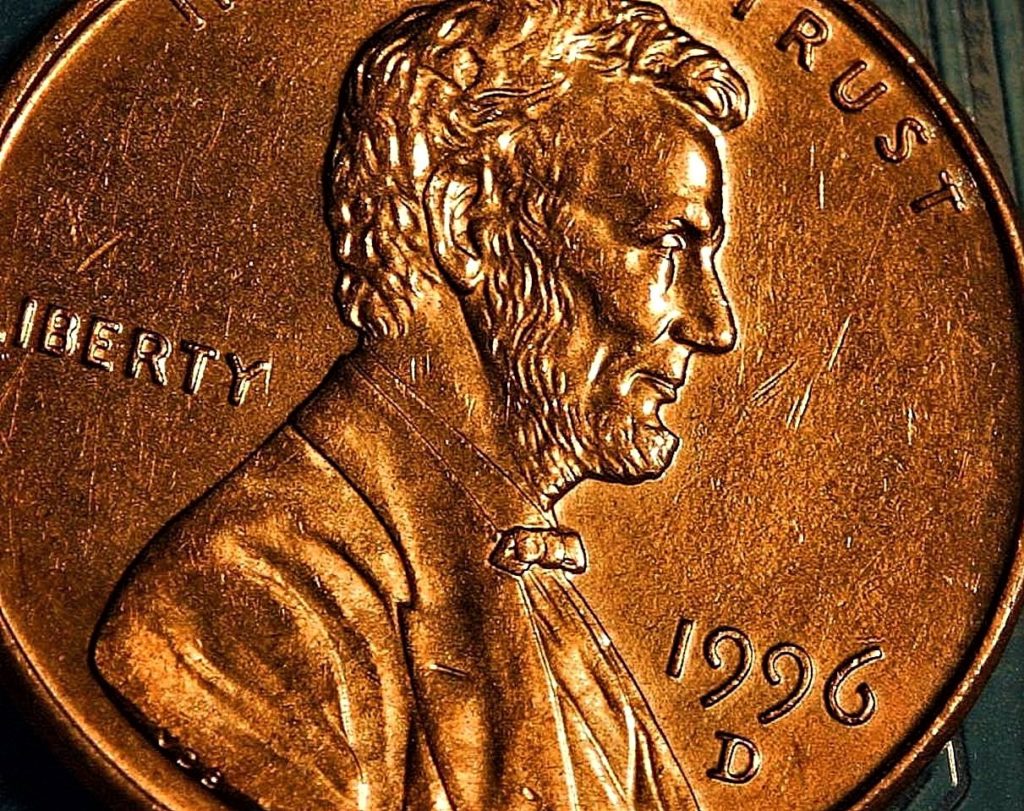All About the Penny Posted by Gary Locke on Aug 12, 2021 in Culture, English Language
The penny is the lowest valued unit of U.S. currency, one cent, equaling one one-hundredth of the U.S. dollar. It is also the subject of many idioms and phrases, some memorable songs, and a long-standing debate about its future. Some hate it, many ignore it, but the penny is as much a part of American culture as the flag itself.
The Penny’s History
The name penny comes to us from the Old English word pening and the Germanic word Pfenning. There are other, similar Scandinavian words, all terms for a coin. The plural of penny is pence in Great Britain and pennies in the U.S.
The original penny, minted in 1787, was made of 100% copper. In fact, legendary patriot and blacksmith Paul Revere supplied some of the copper for the first pennies. It was called the Fugio cent, from the Latin inscription on the coin which translated to, “I fly.” The other side of the coin depicted 13 rings, representing the original 13 colonies, and the phrase, “We are one.” It was larger than the coins of today.
After a brief couple of years when the newly minted coins featured an eagle in flight, a Native American princess in full headdress adorned the penny for several decades. Then, in 1909, on what would have been his 100th birthday, the Abraham Lincoln penny was introduced. The reverse side contained the phrase, “In God We Trust.” It was the size we know today. 50 years later, the back of the coin was changed to depict the Lincoln Memorial. And, 50 years on, the back of the coin was altered again, this time engraved with a shield of 13 stripes – returning the design back to a tribute to the first 13 U.S. colonies.
The Controversy
Copper has become a very pricy metal. The coin is now almost all zinc, with a thin copper plating to maintain the color. Nevertheless, it currently costs nearly 2 cents to mint every penny, making it more than it is worth. This is the principal reason behind the call for the elimination of the coin.
The next highest denomination coin, however, is the nickel, or the 5 cent coin. The nickel costs 7.29 cents to mint, even more of a loss leader than the penny! The government loses millions of dollars each year keeping these coins in circulation. An estimated half a trillion coins, mostly pennies, have been minted over the last 30 years, yet only about 3 billion coins are in circulation. This means that the overwhelming majority of pennies in the U.S. just vanished – mostly thrown away because of their lack of value.1https://www.newyorker.com/magazine/2008/03/31/penny-dreadful
Still, although many complain about the penny, there is no serious plan to eliminate its use altogether.
Penny Idioms
With the penny being such an important part of our history, it stands to reason that we have many phrases in English about the lowly penny. Here are some of the best known.
- A bad penny always turns up – Said when something or someone, unwelcome returns. It refers to a counterfeit (or fake) penny always finding its way back into your pocket.
- A penny for your thoughts – This expression is used when you find someone lost in thought.
- In for a penny, in for a pound – A curious phrase that means if you decide on a course of action then you should give it your best effort. In England, 100 pence is equal to 1 pound British sterling.
- The penny drops – A sudden realization of something that you had been wondering about. It refers to the old slot machines that operated only when a coin was inserted.
- Worth a pretty penny – If something costs a lot of money, we say that it is worth a pretty penny. It may be a reference to rare old coins being valuable to collectors.
- Pennies from heaven – This is said when something of value suddenly comes your way. It was a popular phrase during The Great Depression of the 1930s. It also inspired two famous movies, one with Bing Crosby and another with Steve Martin.
What do you think? Should we keep the penny?
- 1https://www.newyorker.com/magazine/2008/03/31/penny-dreadful

Build vocabulary, practice pronunciation, and more with Transparent Language Online. Available anytime, anywhere, on any device.




